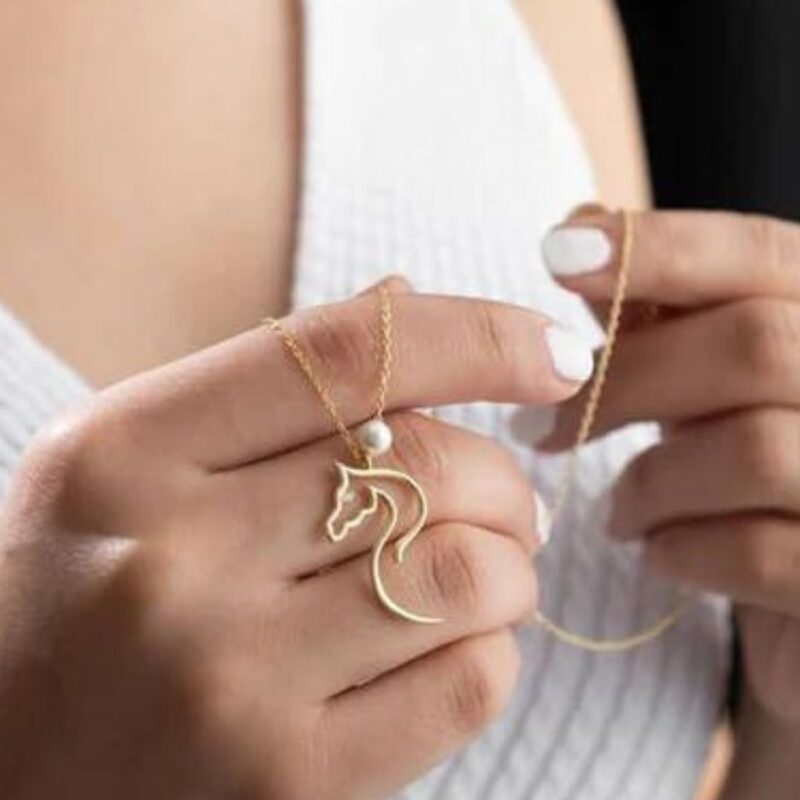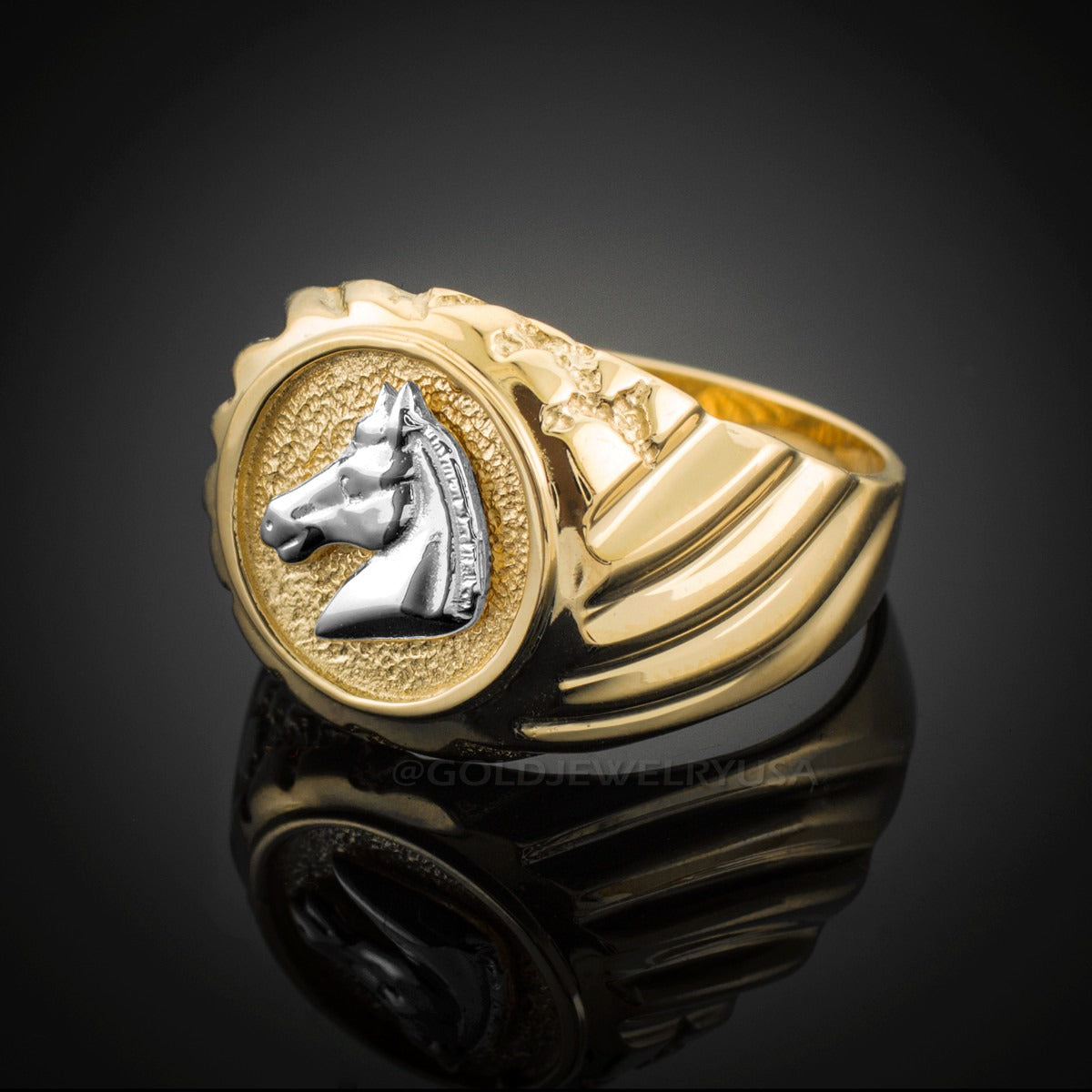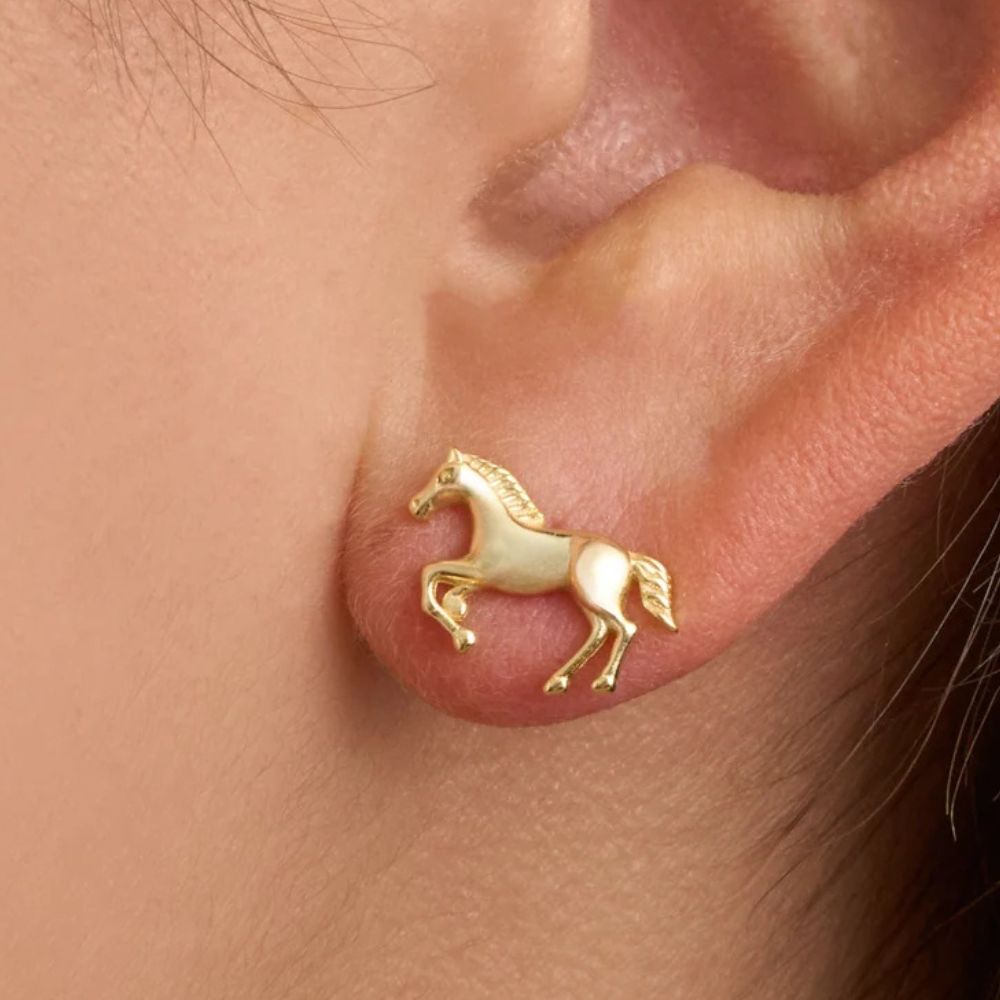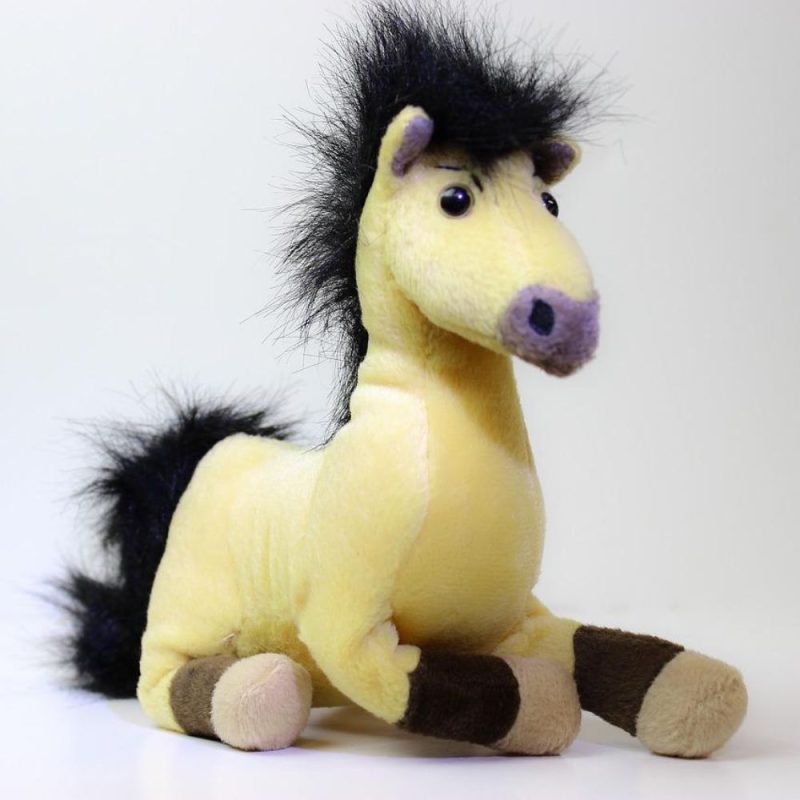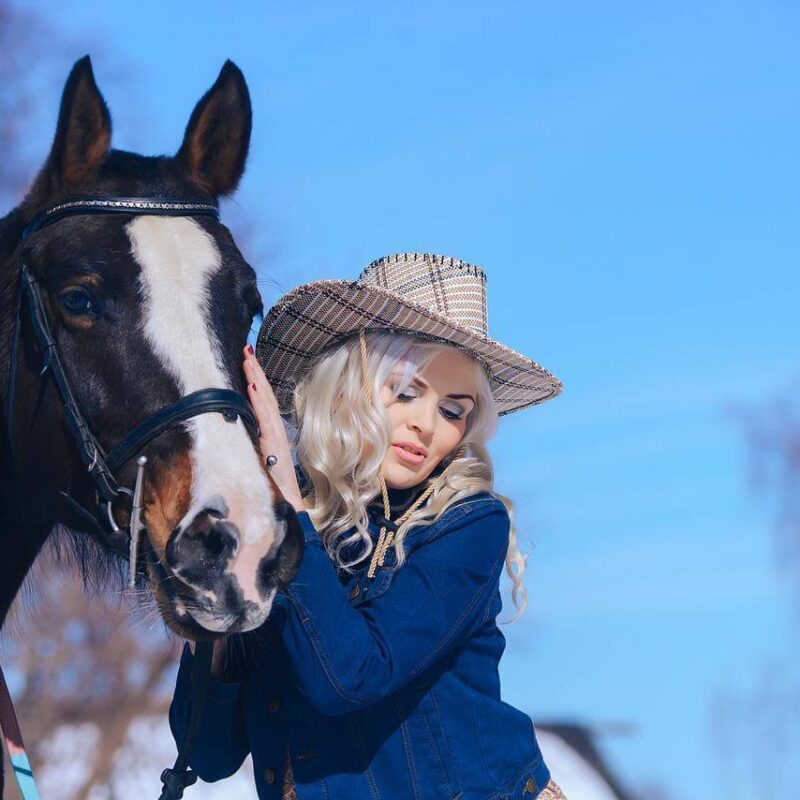
Can Horses Walk Backwards? The Surprising Answer
Imagine this scene: a quiet morning at the stable, steam rising from your horse’s nostrils as he happily digs through the straw. Suddenly, you see him take a cautious step backward — an elegant movement that surprises you. Then you wonder: can horses really walk backward? And if so, why do they do it? Let’s find out together, because the answer might surprise you. 🐎
Yes, Horses Can Walk Backward — But It’s Not Natural for Them
Horses can walk backward, but it’s not a movement they perform often or naturally. Unlike animals such as crabs, who are experts at moving in reverse, horses are built for forward motion — with powerful legs made for running and escaping.
However, when trained or pressured, they can step backward cautiously, though the movement feels unnatural to their biomechanics. Why? It all comes down to their physical structure: a stiff spine and strong hind muscles make backward motion less agile. In nature, a horse that retreats risks losing its balance or becoming vulnerable to predators.
Yet the truth is more fascinating — some horses learn to back up gracefully, turning an awkward motion into a display of trust and coordination.
Why Do Some Horses Learn to Walk Backward?
No horse is born knowing how to execute a perfect reverse, but many learn through training. In the equestrian world, teaching this movement serves a purpose: it improves balance, flexibility, and responsiveness to cues.
A horse that reacts to rein pressure or leg aids shows discipline and trust. And yes — it’s a beautiful sight to see him step backward, one deliberate motion at a time, even though it takes months of practice to master.
The Biomechanics: A Natural Challenge
Physically, walking backward is harder for a horse. The hind joints and hocks aren’t designed to absorb stress efficiently in reverse, and imbalance can strain the tendons. That’s why farriers and trainers often recommend keeping backward movements short and controlled.
A fun fact? Some studies suggest that horses prefer to turn around rather than step backward — it’s simply more fluid and instinctive for them.
When a Horse Refuses to Back Up
Not all horses are comfortable doing it. If a horse refuses or freezes, it’s often due to fear (for example, sensing an obstacle behind) or pain — a sign not to ignore. Back, hip, or leg issues can make the movement painful, and that’s when a trainer or veterinarian should step in.
Interestingly, in racing or jumping disciplines, backward motion is almost nonexistent — once again showing that nature built horses to be forward-moving athletes.
From the Paddock to Performance: When Reverse Is Useful
In rodeo or dressage, certain exercises include backward steps to showcase communication and control. Even in daily routines — like backing out of a tight stall or maneuvering a cart — the ability to step backward can be essential.
And among ponies? Surprisingly, some learn to do it on their own, especially when living in small enclosures. It’s a charming example of adaptation and intelligence.
A Dance of Trust
The next time you see a horse taking those cautious backward steps, look at it with new eyes: it’s a dance of trust, a dialogue between nature and training.
Because in the end, every movement — even the smallest one — tells a story: a story of balance, respect, and that silent magic only a horse can offer. ❤️








